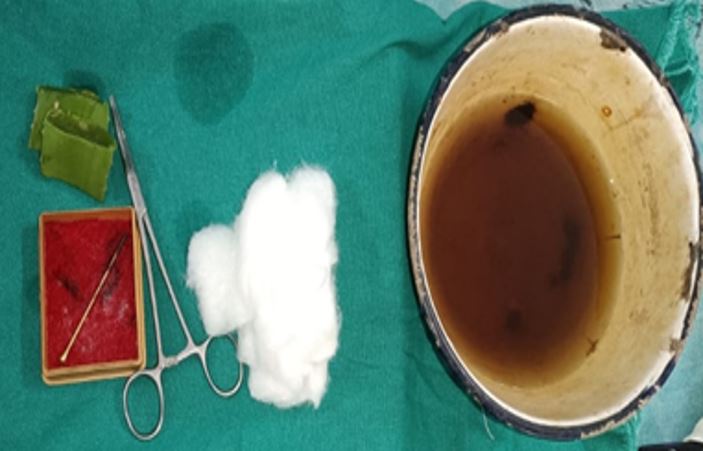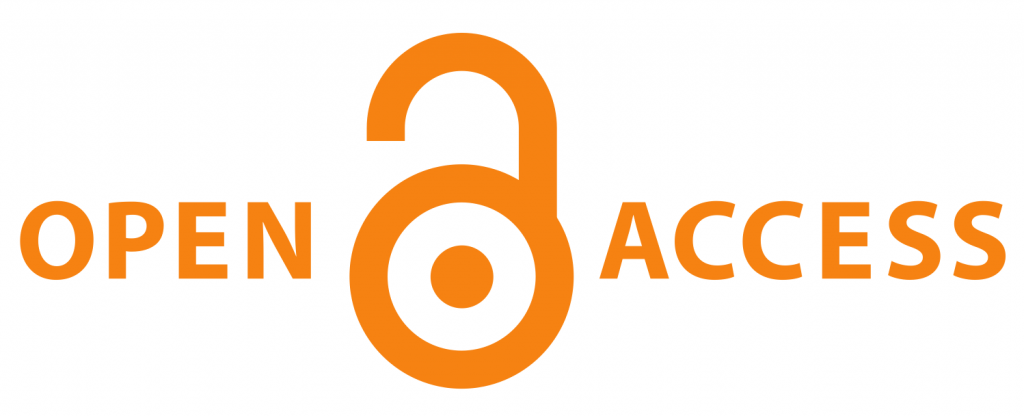Case Study of Conductive Agnikarma with Suvarna Shalaka in management of Tennis Elbow
DOI:
https://doi.org/10.21760/jaims.10.7.58Keywords:
Snayugata Vata, tennis elbow, conductive Agnikarma technique, Suvarna ShalakaAbstract
Prakrut Vata responsible for Gati(movements) in our body and Vyana Vayu playing key role. While Vikrut Vata causing Shula(pain), Stambha (stiffness) and disturbs body movements function. If vitiated Vata get Sthansamshraya in Snayu of Kurpara Sandhi by Vata Vardhak Ahara and Vihar its leads to Shula, Stambha, difficulty in gripping by wrist which are the symptoms of Snayughata Vata. This condition can be co-related with Tennis elbow, also known as lateral epicondylitis is condition linked to over use and muscle strain of the wrist and arm. But the cause is not well understood. The forearm muscle and tendons become damaged from over use, repeating the same motion again and again, which leads to pain & tenderness outside of the elbow and restricted movement of forearm which require treatment for long time. Treatment for this, typically anti-inflammatory analgesic drug steroids injection, physiotherapy, exercise etc and in some cases surgery, But none of these provide satisfactory result. Prolonged use of anti-inflammatory medications, pain relievers, and steroid injections for tennis elbow can lead to adverse effects. A "wait-and-see" approach is often recommended in medical guidelines, focusing on conservative management before considering more invasive treatments Acharya Susruta mention Agnikarma in condition of Ruja (pain) in Snayu (tendon), Mamsa (muscle), Sandhi (joint), Asthi (bone) etc. Hence in this study Conductive Agnikarma with Suvarna Shalaka with Yogaraja Guggulu and tab Ashwagandha in management of Snayugata Vata. An ancient natural pain management and enhanced joint mobility with used of Agnikarma Chikitsha with Suvarna Shalaka.
Downloads
References
Shastri A, editor. Hindi commentary Ayurved Tattva Sandipika on Sushruta Samhita of Acharya Sushruta, Sutra Sthana; Adhyanasampradaniya: Chapter 12, Verse 4. Varanasi: Chaukhambha Sanskrit Sansthan series; 2006.
Shastri A, editor. Hindi commentary Ayurved Tattva Sandipika on Sushruta Samhita of Acharya Sushruta, Sutra Sthana; Adhyanasampradaniya: Chapter 12, Verse 10. Varanasi: Chaukhambha Sanskrit Sansthan series; 2006.
Shastri A, editor. Hindi commentary Ayurved Tattva Sandipika on Sushruta Samhita of Acharya Sushruta, Nidana Sthana; Vatavyadhi Nidanam: Chapter 1, Verse 10. Varanasi: Chaukhambha Sanskrit Sansthan series; 2006.
Shastri A, editor. Hindi commentary Ayurved Tattva Sandipika on Sushruta Samhita of Acharya Sushruta, Nidana Sthana; Vatavyadhi Nidanam: Chapter 1, Verse 18. Varanasi: Chaukhambha Sanskrit Sansthan series; 2006.
Shastri A, editor. Hindi commentary Ayurved Tattva Sandipika on Sushruta Samhita of Acharya Sushruta, Nidana Sthana; Vatavyadhi Nidanam: Chapter 1, Verse 27. Varanasi: Chaukhambha Sanskrit Sansthan series; 2006.
Shastri A, editor. Hindi commentary Ayurved Tattva Sandipika on Sushruta Samhita of Acharya Sushruta, Nidana Sthana; Vatavyadhi Nidanam: Chapter 1, Verse 38-39. Varanasi: Chaukhambha Sanskrit Sansthan series; 2006.
Mahanta V, Dudhamal TS, Gupta SK. Management of tennis elbow by Agnikarma. J Ayurveda Integr Med. 2013 Jan;4(1):45-7. doi: 10.4103/0975-9476.109552. PMID: 23741162; PMCID: PMC3667434.
Reddy, V., Keerthi, N., & Wooly, S. (2021). Clinical profile of patients with lateral epicondylitis admitted at a tertiary care hospital. National Journal of Clinical Orthopaedics, 5(2), 09-11. (https://www.orthoresearchjournal.com/articles/274/5-2-2-182.pdf)
Dutton, M. (2020). Orthopaedic Examination, Evaluation, and Intervention (4th ed.). McGraw Hill. (While not a direct web link from the search results, this is a standard textbook in the field).
The Medscape article on Lateral Epicondylitis also mentions this range for the US population. (https://emedicine.medscape.com/article/96969-overview)
The Orthobullets article on Lateral Epicondylitis states it's most common between 45 and 64 years old and affects men and women equally. (https://www.orthobullets.com/shoulder-and-elbow/3082/lateral-epicondylitis-tennis-elbow















